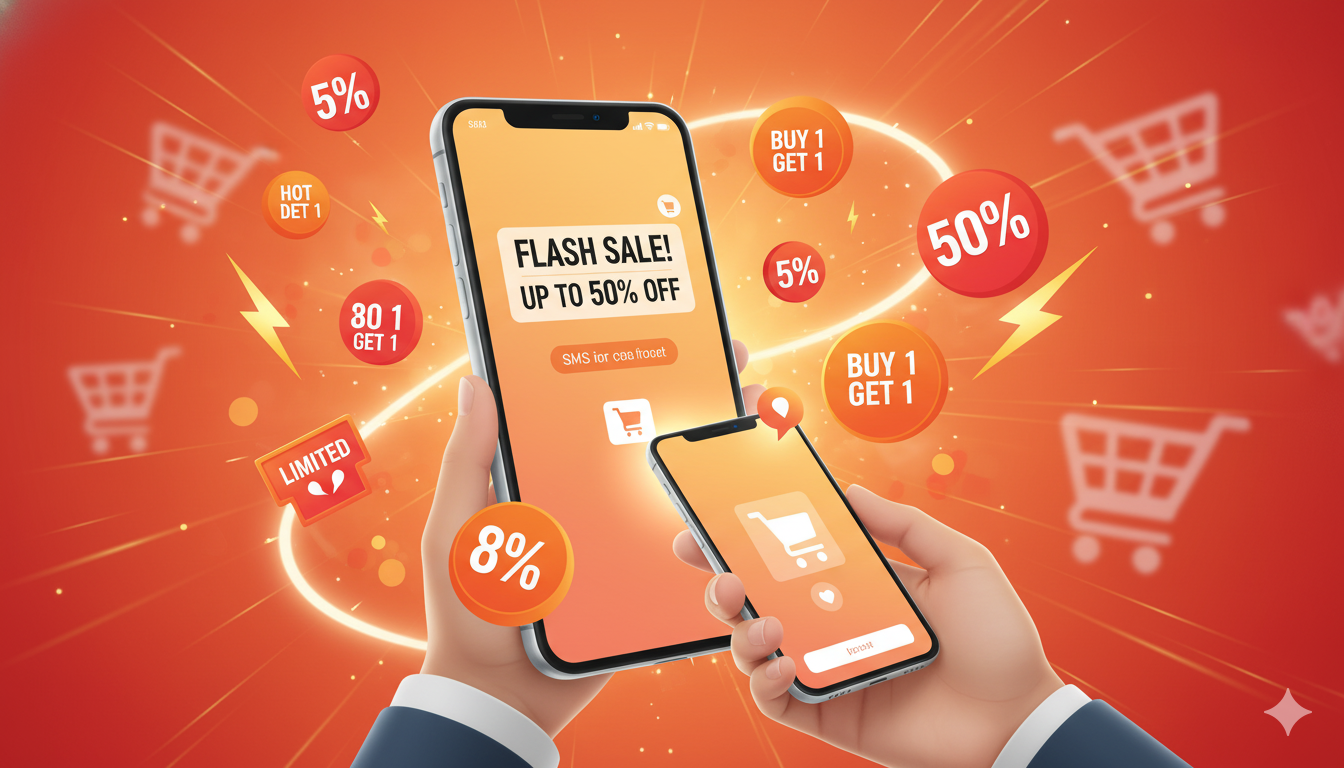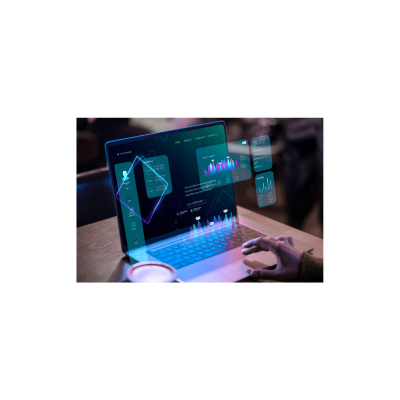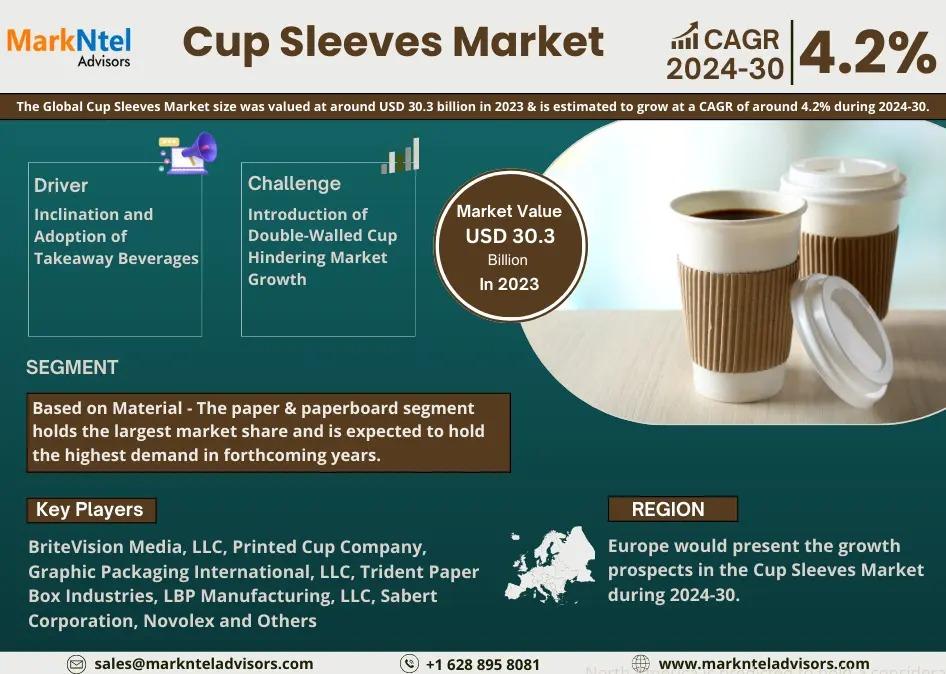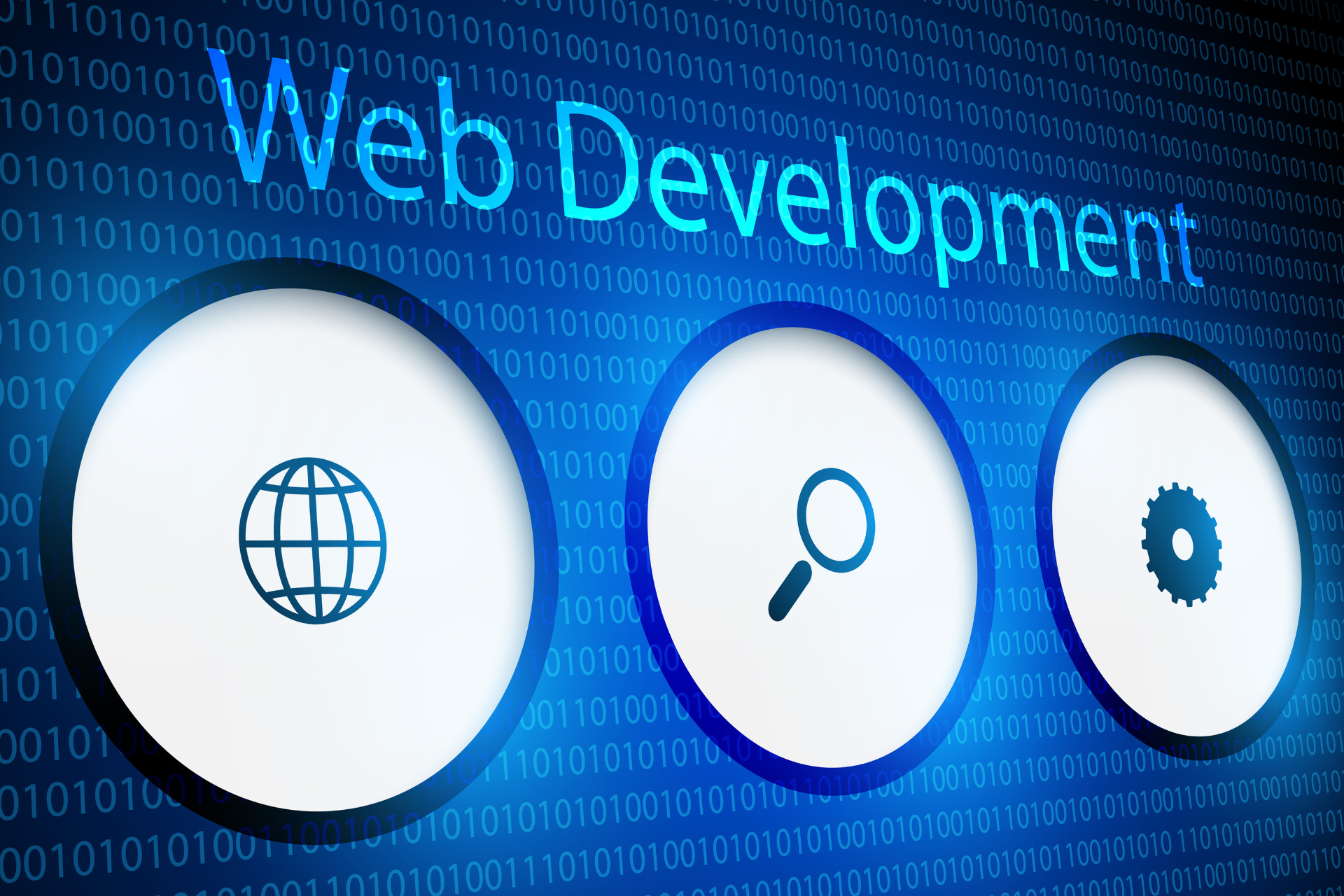Promotional SMS Provider India - Boost Sales with SMS Marketing

Promotional SMS Provider India: Boost Your Marketing Campaigns
Spent ₹50,000 on Facebook ads last month. Got 200 clicks, 5 conversions. ROI? Terrible.
Meanwhile, a small business owner sent 10,000 promotional SMS messages for ₹3,000. Got 800 store visits, 120 sales. ROI? Outstanding.
SMS marketing still works incredibly well in India—if you do it right and choose the right provider.
Why Promotional SMS Still Delivers Results
98% of SMS messages get read within 3 minutes. Your email marketing? Maybe 20% open rate if you're lucky.
SMS doesn't need internet. Works on every phone in every corner of India. Your Instagram ad needs smartphone with data connection. SMS needs nothing special.
Direct reach means no algorithm deciding who sees your message. Send to 1,000 numbers, 1,000 people receive it. No social media platform filtering your reach.
Cost-effectiveness beats other channels. ₹0.25-0.40 per promotional message versus ₹5-15 per click on digital ads. Simple math.
Understanding DND Restrictions
Here's where most businesses struggle. DND-registered numbers can't receive promotional messages. Period.
About 30-40% of Indian mobile numbers are DND-registered. Your database of 100,000 numbers? Only 60-70,000 might actually receive promotional messages.
Good promotional SMS providers automatically filter DND numbers before sending. You don't waste money on undeliverable messages.
Some providers claim they can send to DND numbers. They're lying or breaking regulations. TRAI penalties aren't worth the risk.
Time Restrictions You Must Follow
Promotional SMS can only be sent between 9 AM to 9 PM. Send outside this window and you're violating TRAI guidelines.
Weekends and holidays see better response rates. People have time to read and act on offers. Weekday mornings get less engagement.
Timing campaigns around festivals, paydays, or relevant events increases effectiveness dramatically. Diwali offers during Diwali week perform better than random Tuesday promotions.
Schedule campaigns through provider dashboards. Load messages in advance, set send time, system handles delivery automatically during permitted hours.
Template Approval Process
Every promotional message needs DLT-approved templates. More restrictive than transactional templates.
Templates must clearly identify as promotional. Include opt-out instructions. Follow content guidelines strictly.
Approval takes 3-5 business days typically. Plan campaigns ahead—you can't create template Monday and send campaign Tuesday.
Template rejections happen when content violates guidelines. Misleading claims, prohibited products, missing opt-out instructions—common rejection reasons.
Work with promotional SMS providers who understand template requirements and help you get approvals quickly.
Sender ID for Promotional Messages
6-digit numeric sender IDs are cheapest but look unprofessional. Random number sending you offer? Feels like spam.
6-character alphabetic IDs look branded. RETAIL, FASHIO, EATSUP—customers immediately recognize your business.
Registration process requires business verification. Submit documents, wait for approval, then use across campaigns.
Consistent sender IDs build recognition. Don't keep changing—customers should know your messages by the sender name.
Database Management Matters
Your contact list is your most valuable marketing asset. Manage it properly.
Segmentation increases campaign effectiveness. Group customers by purchase history, location, preferences, behavior. Send relevant offers to relevant segments.
Clean databases regularly. Remove invalid numbers, bounced contacts, customers who opted out. Smaller, cleaner lists outperform large, messy ones.
Permission matters legally and practically. Customers who opted in respond better than those who didn't. Build lists organically, not by buying databases.
Opt-out handling must be immediate. Customer replies STOP? Remove them instantly. Continuing to message them violates regulations and damages reputation.
Campaign Personalization
"Dear Customer" gets ignored. "Hi Priya, 20% off on your favorite brands" gets attention.
Use customer names, reference past purchases, acknowledge preferences. Personalized messages get 3-4x better response rates.
Location-based offers work well. "Flash sale at our Indiranagar store this weekend" relevant for Bangalore customers, useless for Delhi customers.
Dynamic content based on customer segment—VIP customers get exclusive offers, new customers get welcome discounts, inactive customers get winback campaigns.
Message Content That Converts
First 20 characters determine if message gets read. Hook them immediately with offer or benefit.
Clear call-to-action. What should customer do? Visit store, use code online, call number, click link. Make it obvious.
Create urgency without being pushy. "Sale ends tonight" works. "LAST CHANCE BUY NOW!!!" feels spammy.
Short links save characters and provide tracking. Use URL shorteners to fit more content while tracking click-through rates.
Avoid excessive punctuation or caps. Multiple exclamation marks scream spam. Write like professional business, not desperate salesman.
Compliance and Legal Requirements
Include business name clearly. Customers should know who's messaging them.
Opt-out instructions mandatory. "Reply STOP to opt-out" must be included.
Content restrictions apply. Can't promote alcohol, tobacco, gambling, adult content, or make false claims.
Frequency limits matter practically even if not legally mandated. Message customers daily and they'll hate you. Weekly or bi-weekly works better.
Time-sensitive offers must have valid end dates. "Limited time offer" running for three months is misleading and unprofessional.
Delivery Optimization
Promotional messages run on different routes than transactional. Lower priority, slower delivery during network congestion.
Good bulk SMS providers optimize promotional routing for best possible delivery within these constraints.
Send times affect delivery speed. Early morning campaigns when network traffic is low deliver faster than peak afternoon hours.
Batch sending prevents overwhelming systems. Split large campaigns into smaller batches spread over time window.
Tracking and Analytics
Open rates don't exist for SMS—they're always 98%+. Focus on response rates instead.
Click-through rates for links show engagement. Short URLs with tracking reveal how many clicked through to website or landing page.
Conversion tracking connects SMS campaigns to actual sales. Did promotional message lead to purchase? This data proves ROI.
A/B testing different message variations reveals what works. Test timing, content, offers, CTAs—optimize based on results.
Campaign reports should show: total sent, delivered successfully, failed deliveries, opt-outs, clicks, conversions, ROI.
Cost Management
Promotional SMS costs ₹0.20-0.40 per message typically, depending on volume.
Volume discounts apply. 10,000 messages monthly might be ₹0.35 each. 500,000 monthly could drop to ₹0.22 each.
Calculate effective cost per customer acquired, not just per message. Campaign costing ₹5,000 generating 50 sales means ₹100 customer acquisition cost. Compare this to other marketing channels.
Credits expiring too quickly waste money. Choose providers with reasonable 6-12 month credit validity.
Integration with Marketing Tools
API integration connects SMS campaigns with CRM systems, e-commerce platforms, marketing automation tools.
Automated triggers work well—abandoned cart SMS after 1 hour, post-purchase follow-up after 3 days, review request after delivery.
Contact sync keeps databases updated automatically. New customer on website? Added to SMS list immediately.
Multi-Channel Campaigns
SMS works better combined with other channels. Email + SMS campaigns outperform email-only or SMS-only.
Social media + SMS creates multiple touchpoints. Announce flash sale on Instagram, send reminder via SMS closer to event.
Offline + online integration—send SMS driving to physical store, track in-store redemptions of SMS offer codes.
Response Handling
Two-way SMS allows customer replies. Useful for surveys, feedback, queries.
Automated responses handle common replies—"Reply 1 for store address, 2 for timings" style menus.
Human handling for complex queries. Route customer replies to support team for personalized responses.
Choosing Right Provider
Test delivery rates during non-DND hours with non-DND numbers. Promotional routes perform differently than transactional.
Check template approval support. Providers guiding you through approval process save time and frustration.
Database management tools matter. Import/export, segmentation, opt-out handling—these features affect campaign efficiency.
Pricing transparency prevents surprises. Know exactly what you'll pay for expected monthly volumes.
Common Mistakes to Avoid
Buying contact databases rarely works. Purchased lists have low engagement, high opt-out rates, potential legal issues.
Over-messaging drives customers away. Quality over quantity—send relevant messages occasionally, not spam daily.
Ignoring opt-outs damages reputation and violates regulations. Respect customer preferences immediately.
Generic messages get ignored. Personalize based on customer data for better results.
Poor timing wastes opportunities. Friday evening offers for weekend shopping work. Tuesday morning offers for weekend events don't.
Making Promotional SMS Work
Success comes from combination of factors: clean, segmented database, compelling relevant offers, proper timing, compliance with regulations, and reliable delivery infrastructure.
Choose a promotional bulk SMS provider who understands Indian regulations, provides proper compliance support, delivers reliably during permitted hours, and offers tools for effective campaign management.
Test campaigns, track results, optimize based on data. SMS marketing delivers strong ROI when done correctly with right provider partnership.








